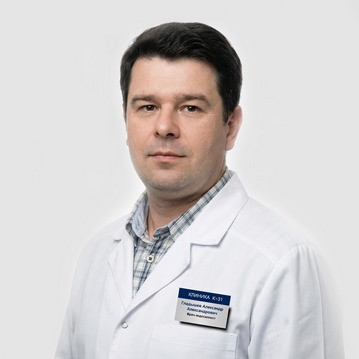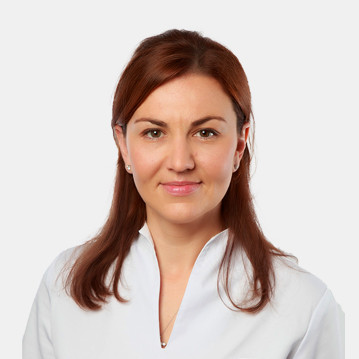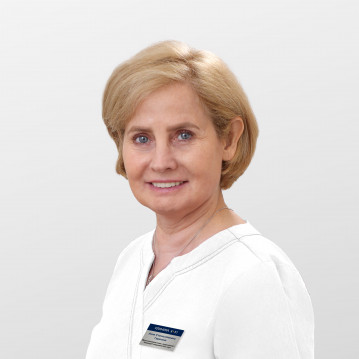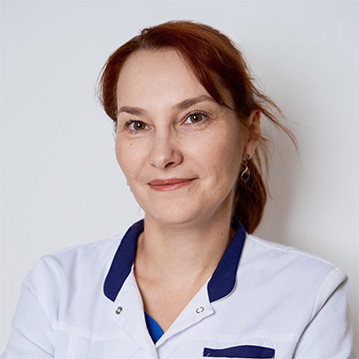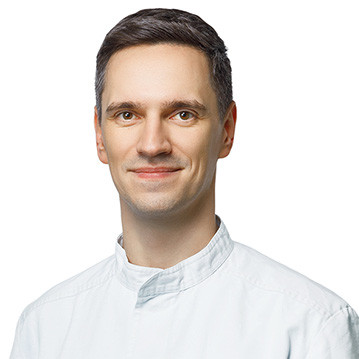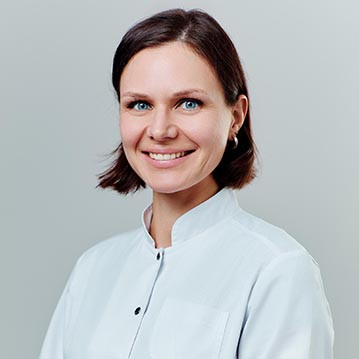Endosonography refers to modern highly informative methods for studying the structure of internal organs. Diagnostics does not carry radiation exposure, it is prescribed according to indications by a gastroenterologist, therapist, surgeon, oncologist, proctologist or other specialists.
What is endoultrasound
Endosonography is a combined diagnostic method that combines endoscopy and ultrasound. The study is carried out using a special endoscope equipped with a miniature ultrasonic sensor at the end. During the procedure, the video endoscope tube enters the body through the esophagus (for examining the upper gastrointestinal tract, gallbladder or pancreas ducts) or through the anus (for examining the rectum, large intestine).
In the process, two types of ultrasound endoscopes are used:
- Radial - the doctor can get a detailed image of the walls of hollow organs and structures that are located nearby.
- Linear - allows you to perform a fine-needle suction (aspiration) biopsy.
The ultrasound transducer operates at a high frequency (from 5 to 20 MHz). Sound waves propagate diametrically, at this time layered images of the walls of the digestive tube in black and white are visible on the screen of the device. Based on the clarity of the boundaries, the uniformity and regularity of the alternating dark and light layers in the image, the doctor concludes that the patient has a pathology.
The endoscopic ultrasound technique has the following advantages over other types of diagnostics (abdominal ultrasound, MRI, CT, ERCP):
- when passing a flexible tube, the doctor can examine many organs from the inside (esophagus, stomach, duodenum, intestines, pancreatic and gallbladder ducts, lower gastrointestinal tract);
- during the examination, the condition of the mucous membrane of organs, calculi can be seen through the endoscope camera.
- through an ultrasound probe, a specialist can examine the structure, layered images in a three-dimensional image, neoplasms and the state of adjacent organs 4–6 cm deep;
- an endoscope with an ultrasound probe can be brought through the digestive tube directly into the study area, which makes it possible to obtain the clearest image with a resolution of up to 1 mm;
- minimum contraindications, relative safety of the method compared to other methods;
- the ability to assess the condition of not only the mucous membranes and tissues of organs, but also to examine the adjacent lymph nodes, blood vessels, muscle layers;
- compared to endoscopic cholangiopancreatography (ERCP), there is no risk of complications after diagnosis;
- the doctor has the opportunity to puncture the biopsy in the area under study during the procedure for further analysis.
Echosonography includes several types of examination at the same time, which allows you to reduce the time for diagnosis and get the most detailed answer in conclusion. The technique is highly accurate and with a probability of more than 95% helps to determine oncology with detailed descriptions of the patient's condition.
Indications for performing endoultrasound
The examination is prescribed to confirm the preliminary analysis or in the primary diagnosis, if there are contraindications to other methods. The results are important before surgery or chemotherapy, to assess the dynamics of the development of pathologies during treatment.
The doctor refers the patient to endosonography in the following conditions:
- complaints of abdominal pain of unknown etiology, if other studies have not yielded results;
- suspicion of oncology;
- the need to assess the dynamics of tumor growth, the spread of metastases;
- pancreatitis, cholecystitis;
- suspicion of stones in the gallbladder and its ducts;
- the need for puncture of the neoplasm;
- inflammatory processes in the intestines, organs of the gastrointestinal tract;
- diseases of the gallbladder for their differentiation.
The technique allows you to identify neoplasms in the mucous and submucosal structures at an early stage, which helps to start treatment faster and save the patient's life. Diagnosis is considered harmless, but there are contraindications for it.
Endoultrasound is not performed on patients in serious condition, when there is no way to install an endoscope, there are obstacles to its passage - a narrow lumen of the food tube, scars after surgery, calculi, stenosing diseases of the stomach and esophagus. The puncture is not performed if the patient has infectious diseases or in violation of blood clotting.



